Return to Bodrum: A Journey Through Time
- Trip And Zip

- Aug 4, 2024
- 5 min read
Updated: Aug 21
After almost 20 years, I finally returned to Bodrum in Turkey, a place that lived in my memory as a vibrant, cosmopolitan playground filled with tourists from across Europe.

My first visit, back in 2005, was a whirlwind of sun-soaked beaches, lively nights, and endless adventures. Back then, Bodrum was a melting pot for many Western and Eastern Europeans, all enjoying the fusion of cultures, food, and experiences that made this town so special. It was a paradise for fun, travel, shopping, and unforgettable nights out. But this time, things felt different—surprisingly so.

In 2024, Bodrum remains a gem on the Turkish coast, but my recent trip revealed a city that has evolved in ways I hadn’t expected. As a traveler, I was left with mixed emotions: awe at the enduring beauty of the landscape and history, but also a sense of loss at how much the cultural vibe and tourism landscape had shifted.
The Unchanging Beauty of Bodrum
Bodrum's natural beauty is still as breathtaking as ever. The sparkling blue Aegean Sea, the iconic whitewashed houses scattered across hills, and the rich historical tapestry stretching back thousands of years are all part of Bodrum’s timeless allure. Whether you're a history buff, a beach lover, or someone who enjoys getting lost in charming streets, Bodrum’s landscape never disappoints.
One of my favorite spots remains the Ancient Theater of Halicarnassus, a magnificent relic that takes you back to the days of the Greeks and Romans. Sitting there, overlooking the sea, you can almost hear the echoes of ancient performances.
Not far from it is another key historical site: the ruins of the Mausoleum of Halicarnassus, one of the Seven Wonders of the Ancient World. Though only fragments of the original structure remain today, the Mausoleum is still an important attraction for visitors interested in ancient history. The site offers a glimpse into Bodrum’s storied past and is a reminder of the city's once-great prominence in the ancient world.

The St. Peter Castle—completely renovated and now hosting several new museums—stands as a testament to Bodrum's rich medieval history. I spent hours exploring its nooks and crannies, imagining the knights of St. John order who once guarded these walls. New areas of the castle, previously unsafe, are now open, offering even more to explore than two decades ago.



The Bodrum Marina is as lively and picturesque as ever, a hotspot for leisurely walks surrounded by yachts and traditional "gulet" boats ready for their next adventure. The area offers a pleasant ambiance with countless restaurants serving delicious Turkish cuisine and fresh seafood. It’s a perfect place to relax and soak in the maritime charm.
A Changing Tourist Landscape
Yet, something about Bodrum felt different this time. I couldn’t help but notice that the European tourists who once flocked here—especially from the West—have nearly disappeared. In 2005, the town buzzed with people from all corners of Europe, blending cultures and creating a lively, international vibe. Today, most of the tourists are Turkish or from neighboring countries. This shift is unmistakable, and it has transformed the town’s dynamic.
Take Gumbet, for instance. Two decades ago, this was the go-to spot for young travelers seeking affordable fun and a party-friendly atmosphere. It was where I had some memorable nights, alongside fellow tourists. The youthful, Western European crowd had vanished, replaced by a more local clientele. The once lively night scene now felt quieter, and the old buzz seemed to have faded.
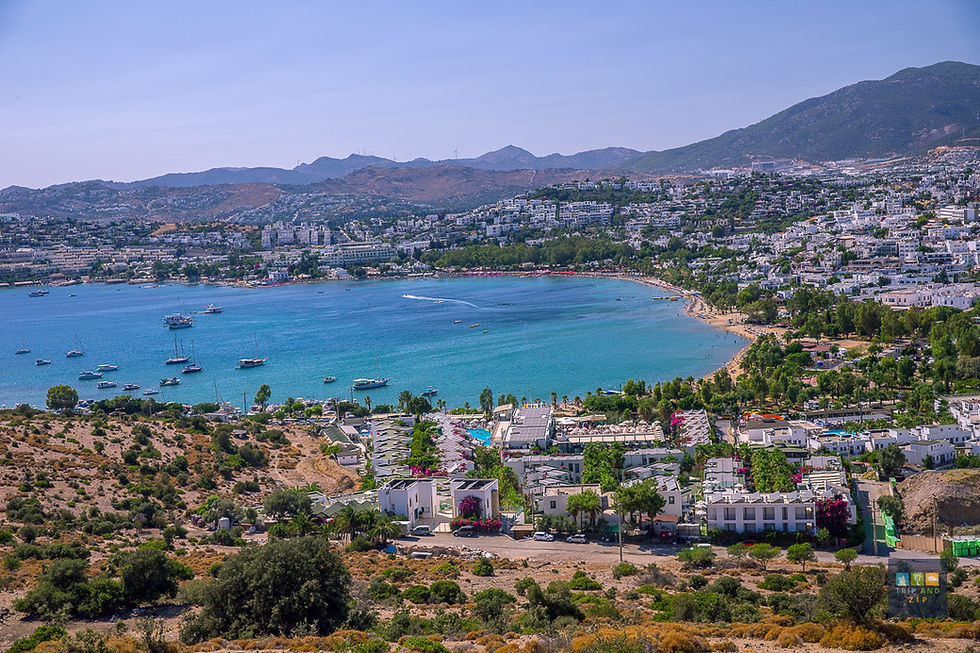
This change is part of a broader shift in Turkey’s tourism focus. Over the past decade, the Turkish government has aimed to attract more tourists from neighboring Middle Eastern countries, while European tourism has dwindled. I believe that political and economic factors, along with broader international relations, have played a role in reshaping Bodrum’s tourism landscape.
The local service industry has also adapted. During my stay at a luxurious hotel, I was surprised to find that few staff members spoke English fluently. Back in the day, almost everyone in the tourism industry could communicate enough in English, making interactions easy and welcoming for international visitors. This time, I found it harder to navigate simple tasks like booking excursions or asking for recommendations, as the staff spoke only minimal English.
Additionally, the local service providers didn’t seem as friendly or accommodating as they used to be, which changed the overall atmosphere I once remembered. Organizing trips to see historical sites like Myndos Gate, Bodrum’s Windmills, and of course, the Mausoleum of Halicarnassus, took more effort than I expected. Finding an English-speaking guide was challenging, and when I finally did, it came with a hefty price tag. For a place that once prided itself on being open and accessible to international tourists, this was surprising.
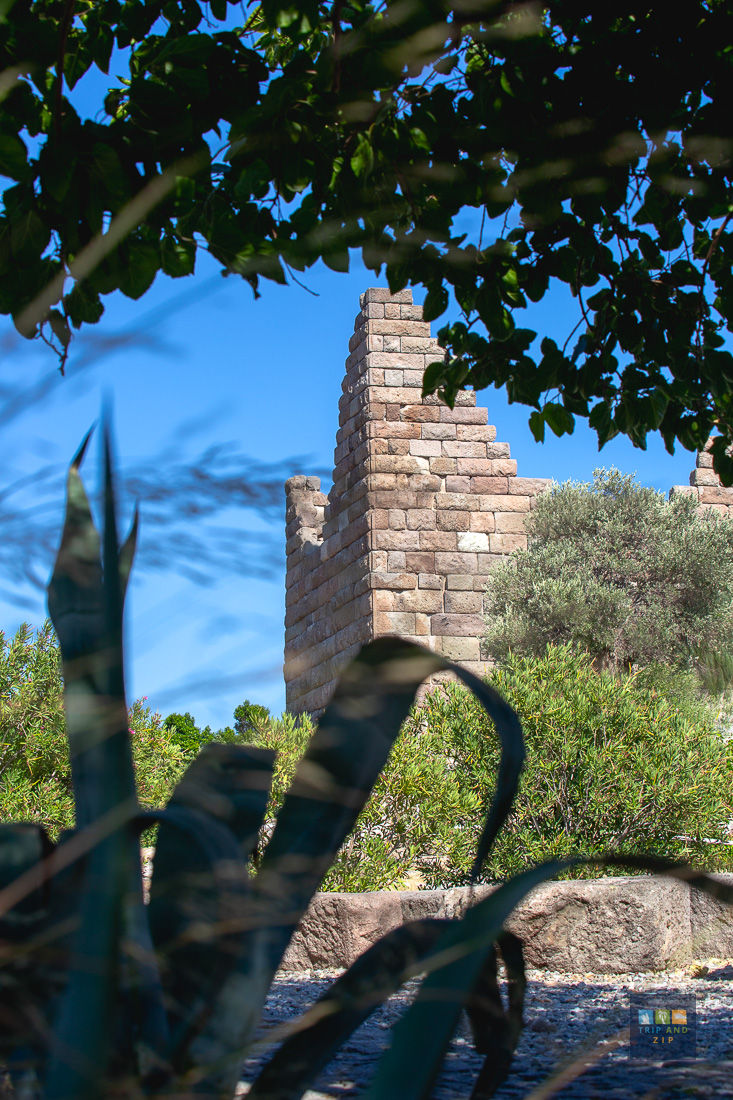
A More Conservative Approach
Another significant shift I noticed was Bodrum's evolving approach to alcohol. Back in 2004, grabbing a beer or cocktail at any seaside café or restaurant was easy. This time, it wasn’t as straightforward. In several areas, especially on certain beaches and in more traditional parts of town, alcohol was no longer served. One evening, as I wandered through the streets of Yalikavak, a charming marina town, I found myself hopping from one terrace to another just to find a place that would serve a cocktail.

Speaking of Yalikavak, its marina has transformed into one of the most luxurious and developed tourist ports in Turkey. The area exudes opulence, with high-end yachts, posh fashion brands shops, and a collection of elite restaurants—some belonging to internationally renowned networks. If luxury is what you're after, Yalikavak Marina is an absolute must-see, offering a glimpse into the high life of Bodrum Peninsula. While some places didn’t serve alcohol, the beauty of the setting made it well worth the search. Walking along the marina, taking in the sleek yachts and upscale vibes, felt like strolling through a Mediterranean dream.
Why Bodrum Feels So Different
So, what exactly has caused these changes? I believe Bodrum’s evolution is tied to larger political and economic shifts within Turkey. In recent years, the Turkish government has pivoted its tourism focus away from European markets and toward attracting more visitors from nearby regions, particularly the Middle East. This shift has led to changes in the town’s culture and the types of services offered to tourists.
The investments in Bodrum’s infrastructure are evident—St. Peter Castle’s restoration and the modern airport are just a couple of examples—but there has also been a shift in the type of tourists the town now attracts. It’s no longer the carefree, party destination for Europeans that it once was. Instead, it has become a resort town catering to a different group of visitors, primarily from Turkey and neighboring regions.
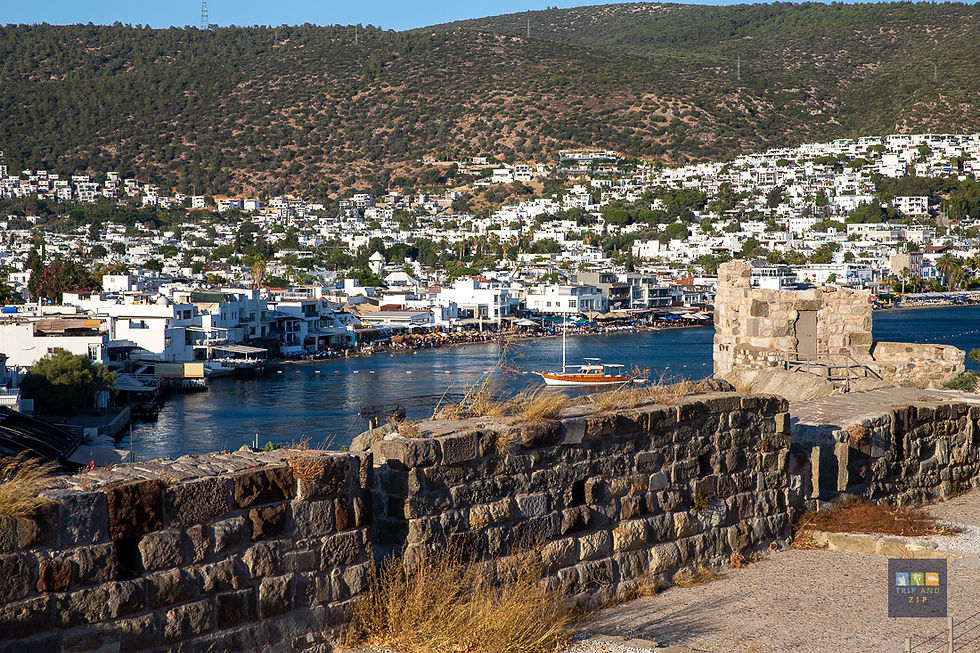
Should You Visit Bodrum?
Absolutely. Bodrum is still an incredible destination, rich in history, natural beauty, and a sense of timeless charm. However, if you’re expecting the Bodrum of 20 years ago, you might be in for a surprise. The town has changed, both in terms of who visits and how the tourism experience is structured. It’s less of the carefree, European-friendly hotspot it once was, but in its place is a more serene, culturally blended, and at times, more conservative destination.
For those who appreciate history, stunning landscapes, and a taste of luxury, Bodrum still delivers. Just go with the understanding that it’s no longer the European beach party town you may remember. Instead, it’s a town that has grown and shifted with the times, offering new experiences for those willing to explore its changing face.

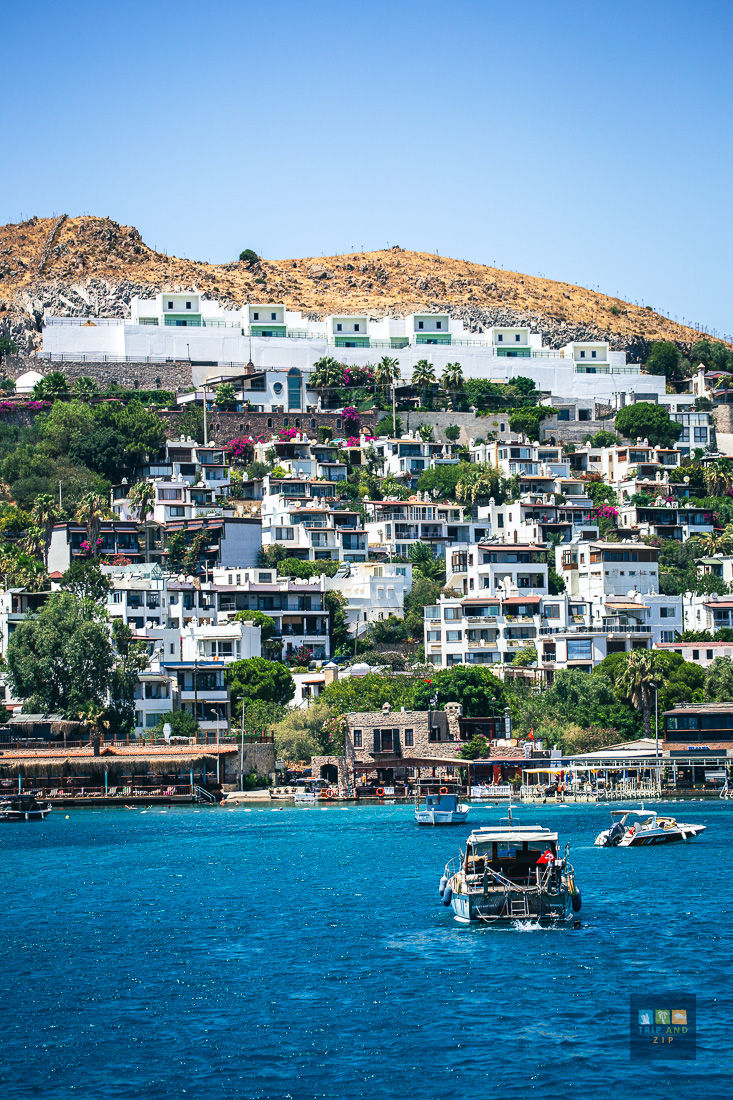
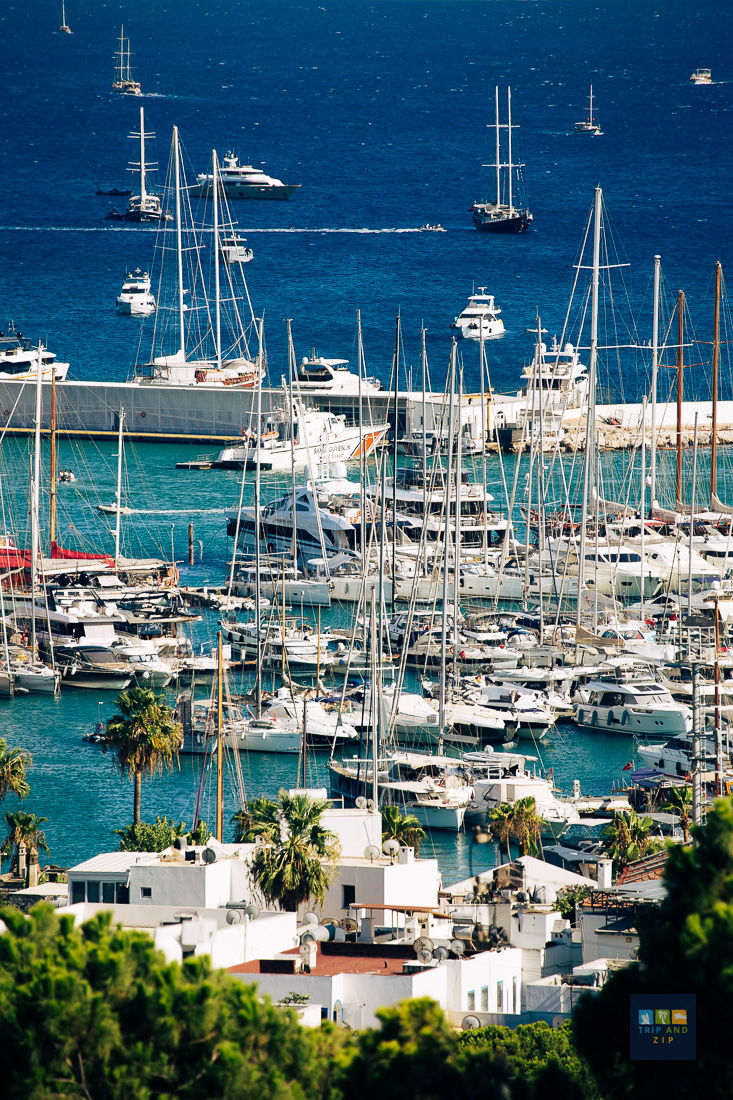




Comments